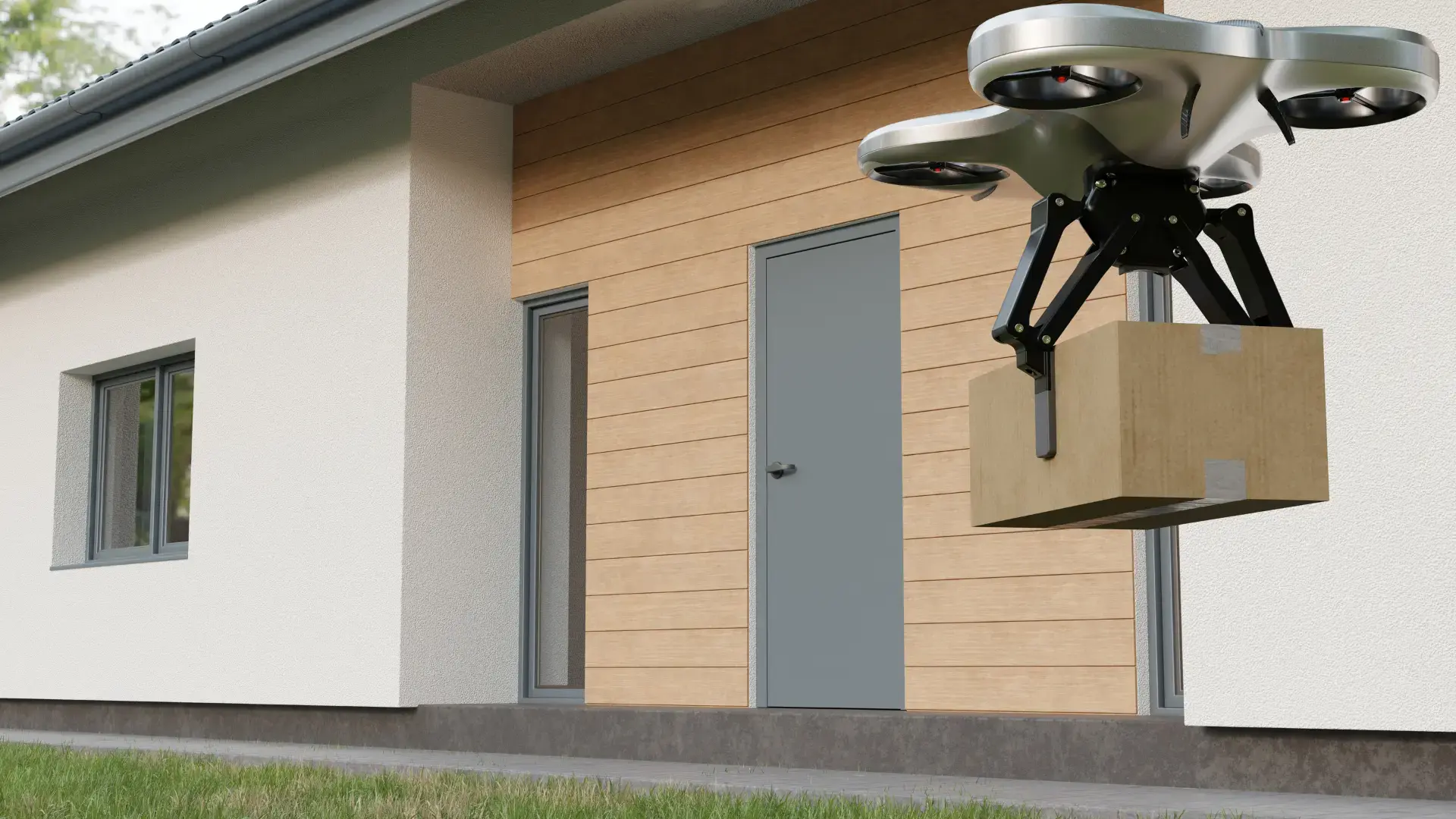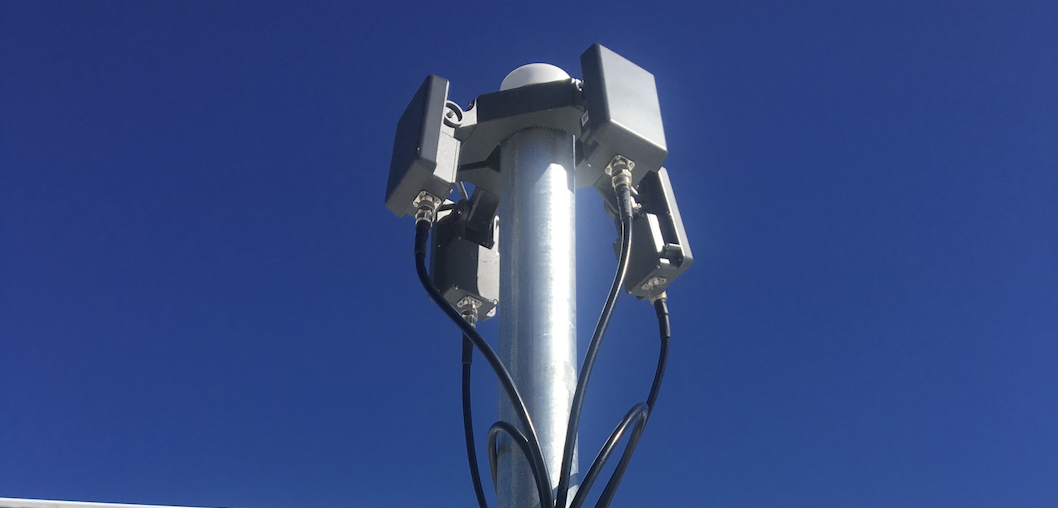The U.S. government's recent push to streamline regulations for Beyond Visual Line of Sight (BVLOS) drone flights is being hailed as a landmark moment for commercial innovation. However, this expansion is concurrently creating significant new challenges for the aviation insurance industry, which now faces the complex task of underwriting a sky soon to be filled with autonomous delivery vehicles.
As companies like Amazon and Walmart scale up for widespread drone delivery, the financial sector is beginning to price in a new era of airspace risk, focusing on everything from collision liability to cybersecurity.
A New Scale of Air Traffic
The proposed rule changes from the Department of Transportation are designed to move away from a cumbersome waiver system to a more standardized approval process for long-distance drone flights. This has been praised by industry leaders as a catalyst for growth in sectors from agriculture to logistics.
The commercial impact is already taking shape. Amazon, which has resumed drone deliveries in Texas and Arizona, aims to transport 500 million packages by drone annually by the end of the decade. Similarly, Walmart plans to expand its drone-enabled locations from 18 to 100 by next summer, targeting major metropolitan areas like Atlanta and Houston in partnership with Alphabet-owned Wing.
While payloads are often small—typically under five pounds—the operational efficiency and consumer convenience are driving rapid adoption.
Security and Liability Concerns Mount
From a security perspective, the very nature of BVLOS operations introduces new vulnerabilities. When drones are operated from miles away, the visual link between the aircraft and its pilot is severed. Security analysts note that this creates two primary challenges:
-
Normalization of Air Traffic: As thousands of legitimate commercial drones begin flying over populated areas and near critical infrastructure, the appearance of a drone will become commonplace. This creates a "background noise" that could make it significantly harder to distinguish sanctioned commercial drones from unauthorized or malicious ones.
-
Accessible Technology: The technologies and techniques for stable, long-range drone flight are becoming more refined and accessible. These advancements could be leveraged by malicious actors for surveillance, smuggling, or delivering dangerous payloads.
These concerns are amplified by the safety measures in the proposed FAA rule, which focus on cooperative, rule-abiding drones. While measures like collision-avoidance technology and operator certification are seen as essential, they do not address the challenge of detecting uncooperative or criminal drones.
Insurers Confront New Exposures
The reaction from the aviation insurance market underscores these new risks. The global drone insurance market, valued at approximately $1.1 billion in 2023, is projected to grow to about $2.6 billion by 2032. This growth reflects not only an expanding industry but also the increasing complexity of insuring it.
Aviation underwriters are now forced to re-evaluate how drone and traditional aircraft operations can safely coexist. According to experts in the field, this requires a much deeper technical understanding of the technology itself.
Charles Koehler, co-head at Starfish Specialty Insurance Services, stated that underwriting now requires deep knowledge of everything from software integrity and fail-safe mechanisms to the complete liability chain. Cybersecurity is a particular point of emphasis. "Underwriters are going to have to dig into the weeds… and understand not only the technology, but how to manage that technology," Koehler said. This includes evaluating the risk of hacking or data compromise, which are now considered alongside traditional collision and property damage exposures.
The insurance sector's focus on these external, non-cooperative threats highlights a crucial point: the paradigm for risk is shifting. As the FAA moves toward finalizing its rule, the conversation is expanding beyond simple operator safety to a broader, more complex assessment of total airspace security, with insurers playing a key role in defining the financial and operational stakes of this new frontier.











